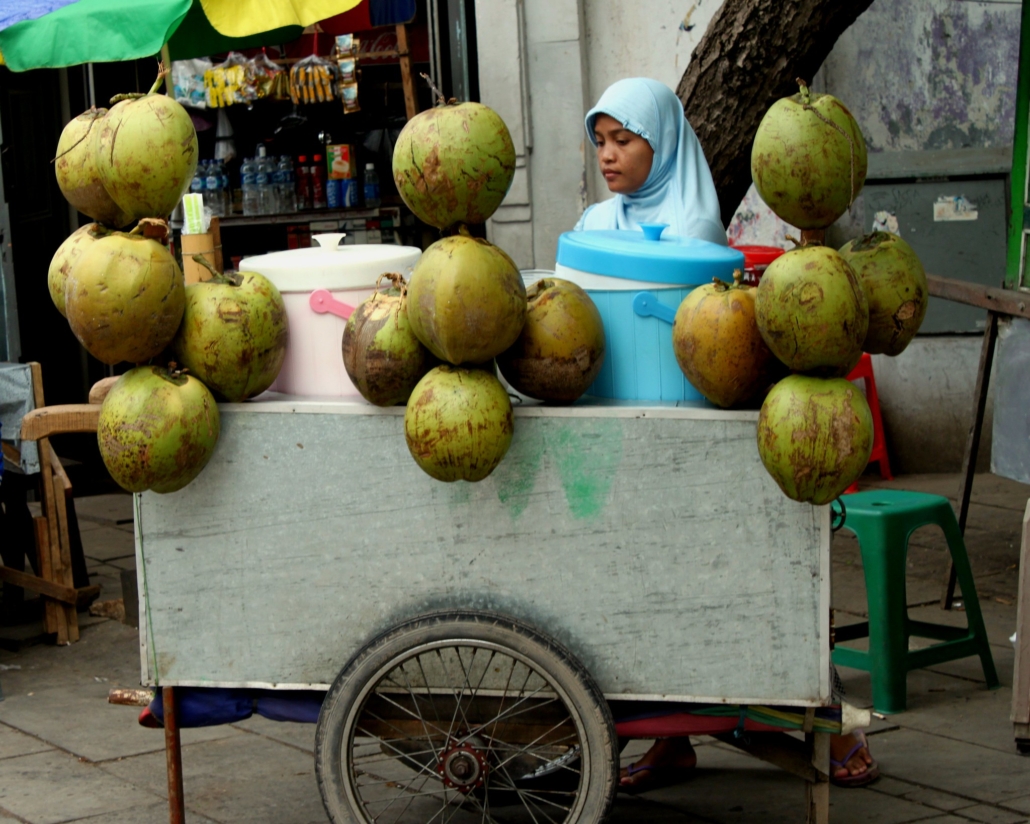Poverty and Economic Growth in Indonesia

Although Indonesia has almost eradicated extreme poverty, one-third of Indonesians still experience economic insecurity. Taking steps such as creating policy to ensure financial inclusion and investing in infrastructure can help prevent Indonesians from falling into poverty. Economic growth in Indonesia could significantly lower the poverty rate around the country.
Economic Inequality
Indonesia is currently ranked the sixth country with the most wealth inequality in the world. The four wealthiest men in Indonesia have more wealth than the poorest 100 million Indonesians. This increasing inequality is making the fight against poverty even more difficult. It is stalling economic growth and endangering integration.
The poorest citizens, especially women, receive low and unequal wages at work. Those living in rural areas often do not receive proper access to infrastructure such as well-kept roads and electricity. The education system is also underfunded and unequal, which means poorer Indonesian workers are frequently unable to obtain higher-skilled and higher-paid jobs.
Poverty Reduction Barriers
The World Bank lays out several issues Indonesia must address within its country to reduce poverty by increasing its economic growth. Although human capital outcomes in Indonesia are improving, they are still low in Eastern Indonesia. This situation undermines the productive potential of the population and creates drastic financial inequality.
To regain its high-income status, Indonesia needs to expand its poverty reduction policies. It must protect households against poverty, create more opportunities for work, focus on investing in helping the poor and promote better information for making decisions. Collectively, social support, social insurance, financial inclusion and infrastructure investments can help keep households out of poverty.
Indonesia cut its poverty rate by more than half since 1999. In 2019, its poverty rate was under 10% before the COVID-19 pandemic hit the country. As of July 2021, Indonesia dropped from upper-middle income to lower-middle income status due to the pandemic. The pandemic also partially reversed some of Indonesia’s progress in poverty reduction. Its poverty rate jumped from 9.2% in September 2019 to 9.7% in September 2021. In a post-COVID-19 world, Indonesia is working toward growing its economy to reduce its poverty rate further.
The United Nations Takes Action in Indonesia
The United Nations (U.N.) works with the Indonesian Government to improve economic growth in Indonesia. Since Indonesia joined the U.N. in 1950, the U.N. has worked with the Indonesian Government to enhance economic development and end extreme poverty by 2030. The two organizations have a strategic partnership with the goal of returning Indonesia’s economy to high-income status. They are also working together to mitigate the economic impacts of the COVID-19 pandemic on Indonesia.
UN Women Indonesia collaborates with various stakeholders, including the private sector, to foster women’s economic empowerment. Its efforts include providing access to skill development and resources and creating an enabling environment that encourages greater participation of women in the economy.
Economic Recovery
With Indonesia’s economy in recovery, the country’s GDP growth was more than 5% in 2022. The country focused its efforts on growing commodity exports and developing related fiscal policy to fight the lasting negative impacts of the pandemic. Economic growth in Indonesia has led to some success in reducing the country’s poverty rate. However, there are still obstacles the country must overcome.
– Marisa Del Vecchio
Photo: Flickr
